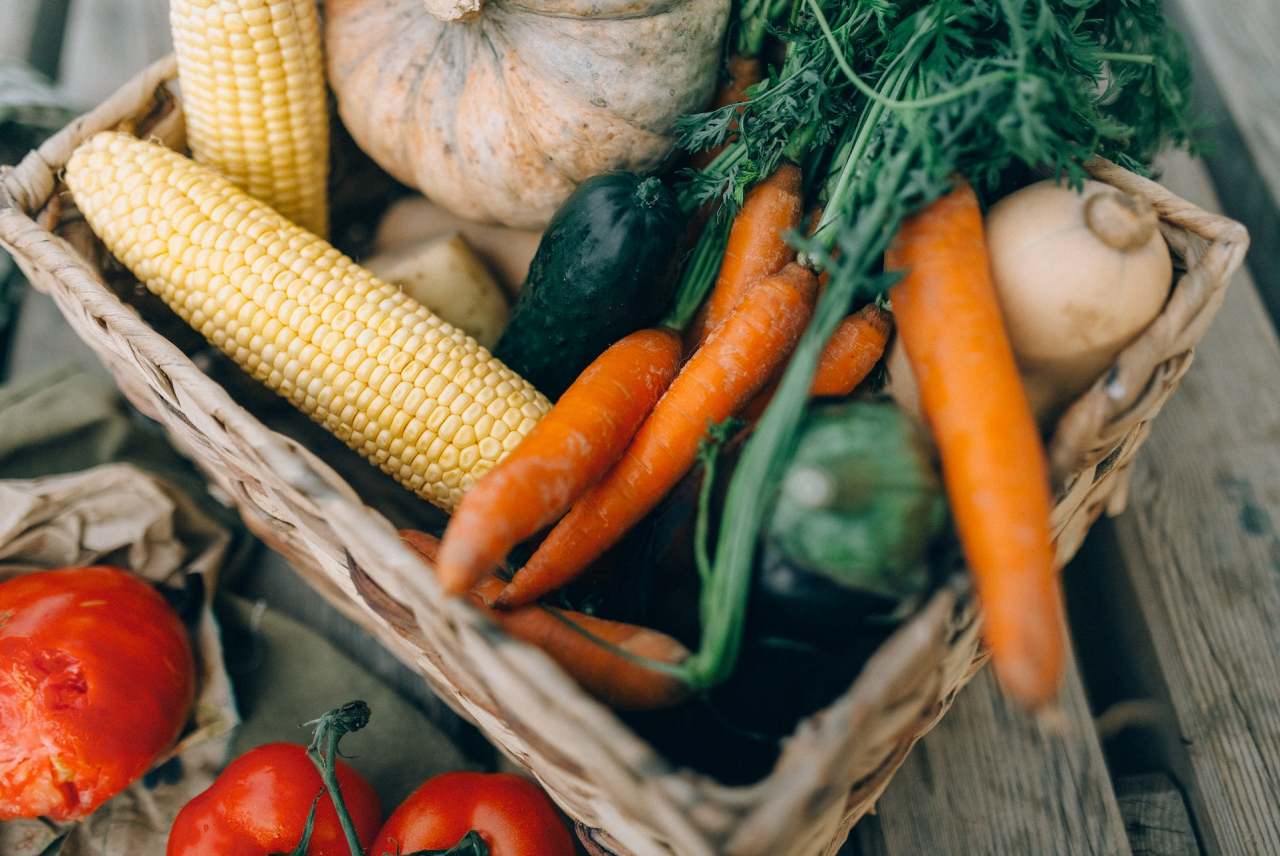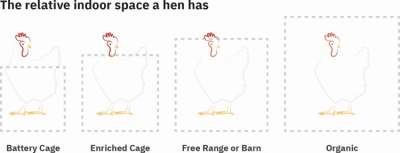What are the benefits of buying organic food?
No use of chemical pesticides and fertilisers
The majority of the food we consume is produced with large amounts of chemical pesticides and fertilisers. Chemical pesticides are usually sprayed on crops to kill insects, fungi or other ‘pests’, which can eat or affect a plant’s growth. Chemical fertilisers are compounds that provide extra nutrients.
Chemical fertiliser and most chemical pesticides are produced from fossil fuels, and their production and use has major carbon impacts. The carbon footprint from the most common type of chemical fertiliser outstrips that of the aviation industry.
Chemical pesticides are also a major contributor to global biodiversity decline. They don’t just target the pests that they are intended to kill, they can also harm bees or other vital insects. Pesticides also runoff from the field, into waterways and the surrounding landscape, endangering fish and other animals.
Likewise, fertilisers runoff into rivers and lakes. This causes something called “algal bloom”, whereby algae (plants that live in water) grow faster and more densely than they otherwise would. These can let off toxins that cause harm to people, fish, shellfish, marine mammals and birds.
In early years of use, chemical fertilisers and pesticides increase the success of crops. But over time, they destroy the natural cycles of the soil and environment that help plants to grow. It becomes increasingly difficult to produce crops without them, locking farmers into dependence. This cycle forces farmers to pay for these expensive inputs, eroding their incomes.
Organic agriculture also uses fertilisers and pesticides, but it relies on non-chemical ones, like manure or neem oil. These can also have significant environmental impacts: organic fertilisers in particular emit significant amounts of greenhouse gasses, and can cause eutrophication. However, organic inputs tend to break down more rapidly, and many organic farms also focus on improving biodiversity and soil health.
No use of genetically modified seeds
Genetic modification involves inserting new genes into seeds.
Genetically modified (GM) seeds are extremely contentious amongst scientists and environmentalists. Proponents of GM argue that they can increase yields and help farmers to adapt to climate change. However, lots of people believe that they carry risks that are currently not well researched or understood.
GM crops are adapted to be used with particular chemical pesticides and fertilisers. When farmers use these seeds, they often have to use the corresponding chemicals with them. This can create a cycle of toxic production.
GM seeds are also often designed to be dominant: when they cross-pollinate with other varieties, it will always be the GM one that thrives. This can mean that GM can kill off other varieties, reducing genetic diversity. Some varieties will be more resilient to pests or diseases than others, so if a whole area is planted with GM crops, they can all get wiped out by one pathogen.
Companies producing GM seeds own patents for them. Due to these patents, farmers cannot reproduce the seed themselves, but have to buy it again new each year. Farmers become dependent on huge multinational seed corporations, reducing their income and resilience.










